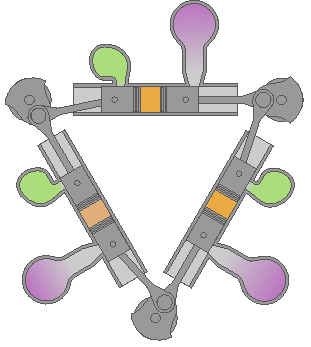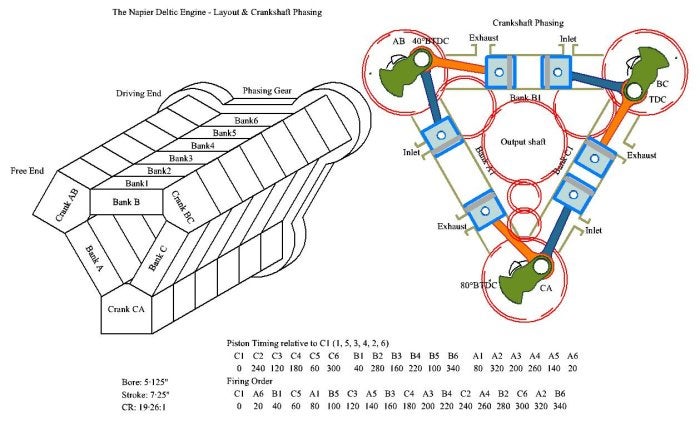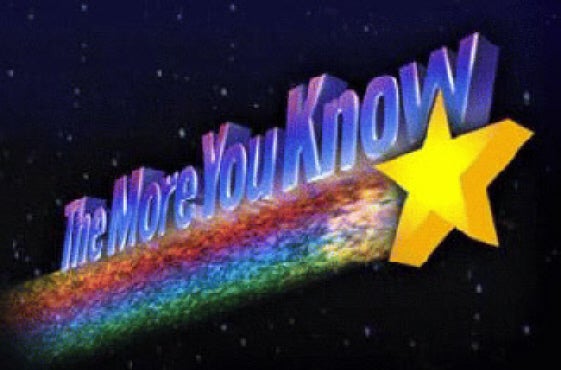 "Slave2anMG" (Slave2anMG)
"Slave2anMG" (Slave2anMG)
03/09/2014 at 10:15 • Filed to: None
 0
0
 8
8
 "Slave2anMG" (Slave2anMG)
"Slave2anMG" (Slave2anMG)
03/09/2014 at 10:15 • Filed to: None |  0 0
|  8 8 |

 With-a-G is back to not having anything written after his username
> Slave2anMG
With-a-G is back to not having anything written after his username
> Slave2anMG
03/09/2014 at 10:25 |
|
It bugs me that one crankshaft turns clockwise and two turn counter clockwise. What's the deal?
 Vracktal
> With-a-G is back to not having anything written after his username
Vracktal
> With-a-G is back to not having anything written after his username
03/09/2014 at 10:41 |
|
It's an animation error I think. From the top of my head i'm pretty sure all the cranks turned the same way in a Deltic.
 Slave2anMG
> With-a-G is back to not having anything written after his username
Slave2anMG
> With-a-G is back to not having anything written after his username
03/09/2014 at 10:44 |
|
The first prototypes had the cranks all running in the same direction...and the thing suffered from huge vibration issues. The designers reversed one crank and the vibration issue disappeared.
 Slave2anMG
> Vracktal
Slave2anMG
> Vracktal
03/09/2014 at 10:45 |
|
No, the animation is correct. Note the bottom crank has two gears to the output shaft...to match the direction of rotation. Source of this and the animation is http://pigeonsnest.co.uk/stuff/deltic/d…

 Vracktal
> Slave2anMG
Vracktal
> Slave2anMG
03/09/2014 at 11:37 |
|
Huh. I stand corrected... Wonder what the design constraint was that led to them making it like that...

 Slave2anMG
> Vracktal
Slave2anMG
> Vracktal
03/09/2014 at 12:27 |
|
Why the basic Deltic design? From what I've read it was about the most HP in the smallest and lightest possible package for high speed naval torpedo boats. There's effectively three engines jammed into that package. And they sound amazing...
Hit Youtube and look for railway videos on "Deltic"...
33 seconds in...listen to the howl...
And you can hear that Deltic roar long before it comes into view
 Depressoiscool
> Slave2anMG
Depressoiscool
> Slave2anMG
03/09/2014 at 13:09 |
|
do they need an expansion chamber on these motors in order to increase the back pressure? or do they just use a valve on the exhaust like a standard 4 stroke piston engine?
 Slave2anMG
> Depressoiscool
Slave2anMG
> Depressoiscool
03/09/2014 at 19:39 |
|
If it's like a 'regular' opposed piston diesel, I think the blower on the intake side blows air thru the cylinder to 'scavenge' out the exhaust gases. No valves (because no head) but rather ports on the piston walls that are exposed/covered by the piston stroke.